Why is 'Super Mario Bros. 2' different between Japan and overseas?

Nintendo's action game '
The Story of Super Mario Bros. 2 | Gaming Historian --YouTube
Super Mario Bros. is the first in the 'Super Mario' series released for NES in 1985. However, the character Mario itself has also appeared in ' Donkey Kong ,' ' Mario Brothers ,' and ' Wrecking Crew .'

Super Mario Bros. is one of the works that made Nintendo's name known to the world with a simple side-scrolling 2D action that moves through various terrains while avoiding and defeating oncoming enemies.

Such Super Mario Bros. became so popular that a sequel was soon to be made. However, the sequel Super Mario Bros. 2 was released in 1986 on the Famicom

The disk system allows you to play by connecting an external drive that reads a readable / writable floppy disk type ROM disk to the Famicom.

It was epoch-making that the disc of the disc system can be written on the front and back of the A side and the B side, and the game can be written for 500 yen using the disc writer in the store. In addition, discs with data written from the beginning were also sold, and games such as ' Metroid ' and 'The Legend of Zelda ' were announced on the disc system.

The director of Super Mario Bros. 2 is Takashi Tezuka, who was the assistant director in the previous work.
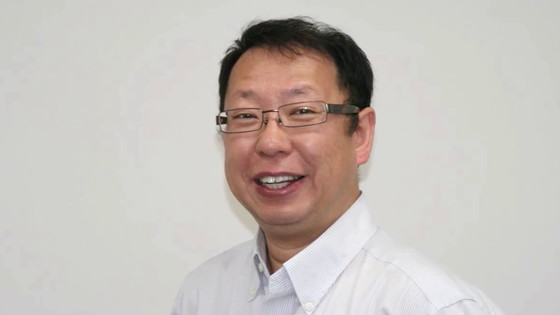
Shigeru Miyamoto, who was the director of the previous work, is in the position of 'producer' in Super Mario Bros. 2.

The feature of 'Super Mario Bros. 2' is that it is completely dedicated to one-player play, unlike the previous work that allowed two-player play. Furthermore, in the previous work, the characters for 1P and the characters for 2P, which were simply different colors, were named 'Mario' and 'Luigi', respectively, and were clearly distinguished.

Luigi's operability, 'It has more jumping power than Mario, but has a strong inertia because it works strongly,' was set for the first time in this Super Mario Bros. 2.

Also, since the disk capacity of the disk system was larger than the initial ROM cassette, the graphics have evolved from the previous work in Super Mario Bros. 2. Unlike the previous work, which saved data by reusing the same data while changing colors, Super Mario Bros. 2 has new graphics such as ground blocks and backgrounds. However, other than that, the graphic of the previous work is diverted.

Also, since it was developed with the concept of 'let's make it a game for people who could easily clear the previous work', the difficulty level is dramatically increased compared to the previous work. A stage with a gust of wind ...

There are many scenes that require advanced techniques, such as a stage where you have to jump a long distance using a jumping platform. Still, Super Mario Bros. 2 recorded sales of 2.5 million units. In response to this hit, Nintendo wanted to sell it in the United States as well, so it seems that it sent the software of Super Mario Bros. 2 to Nintendo of America (NoA), the American corporation of Nintendo.

Just a few years after Super Mario Bros. 2 was released in Japan, Super Mario Bros. was a big hit in the United States, so NoA was looking for a hit that would follow Super Mario Bros. That's where the arrow of white feathers stood, Mr. Howard Phillips, who was a warehouse employee at NoA at the time.

Mr. Phillips often played arcade games in the warehouse and played various games, so Minoru Arakawa, who was the NoA representative at the time, often asked Mr. Phillips about the new game. It seems to be.

While playing various games sent from Nintendo headquarters in Japan, Mr. Phillips notices that the sequel to Super Mario Bros. was in the box sent.

it's amazing! I definitely want to play! Mr. Phillips challenged Super Mario Bros. 2 at once, but he said, 'Why am I a game?' Do I have to experience pain? ' Also, the content was like an extended version of the previous work, and the point that it was not so novel in appearance was also regarded as a problem.
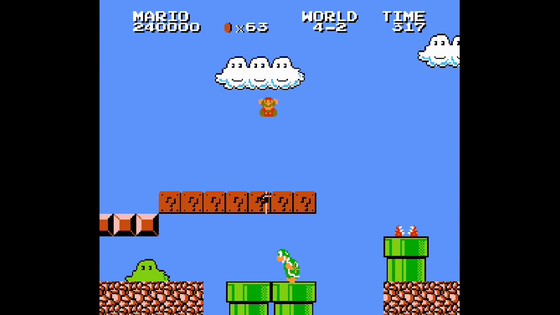
However, at that time, Sega's
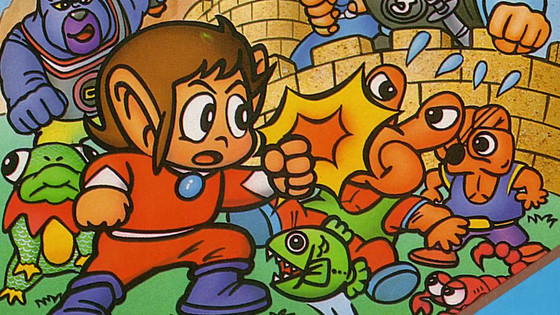
Konami's
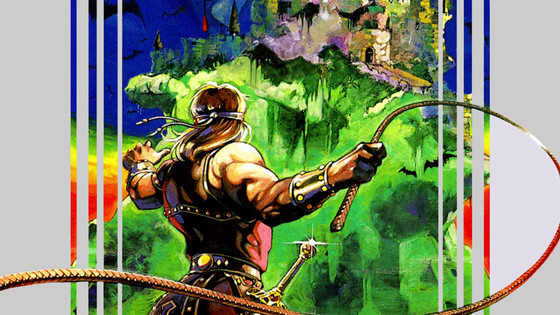
Third-party makers released one after another the first work, which later became a popular action series, such as Capcom's
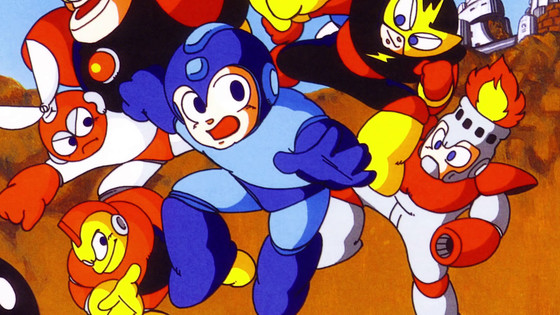
Therefore, the action game '

The director of Doki Doki Panic at Yume Factory is Kensuke Tanabe. Mr. Tanabe, who graduated from Osaka University of Arts and joined Nintendo, belonged to the 4th group of the Development Department, where Mr. Miyamoto is the chief. At this time, I came up with the idea of 'a 2D game that scrolls not only horizontally but also vertically' and 'stacking items and blocks and jumping toward the top', but I could not solve the technical problem. , It seems that it ended up with a prototype.
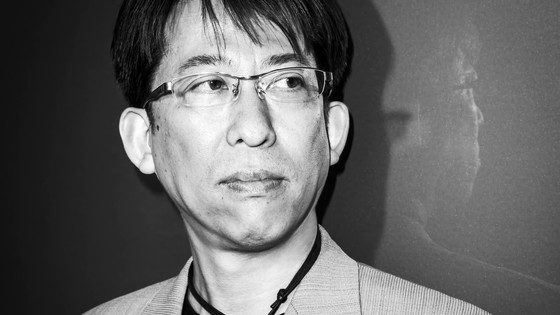
In 1987, Fuji TV held an exposition event called '
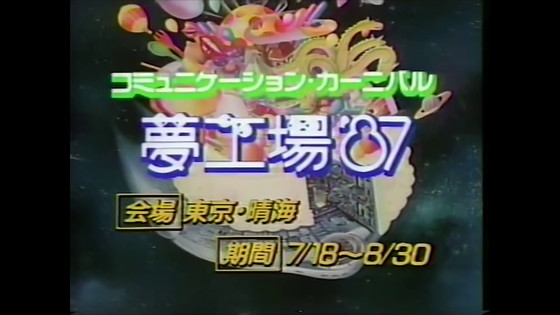
The concept of this exposition event was a large tie-up between the media and the event, and Nintendo decided to develop a game related to the event.

Therefore, the game designed by Mr. Tanabe, which was stored as a prototype, will be released as an action game for disk systems, 'Doki Doki Panic'. The director was Mr. Tanabe, the supervisor was Mr. Miyamoto, and the music was Mr.
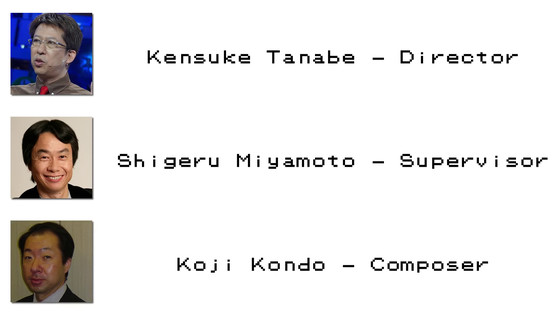
Yume Factory Doki Doki Panic will clear the stage by using 4 characters properly. The story is 'The machine that makes dreams that everyone sees has become a machine that makes monsters by being mischievous by the monster Mamo! Let's defeat the monster Mamo and restore the machine!'
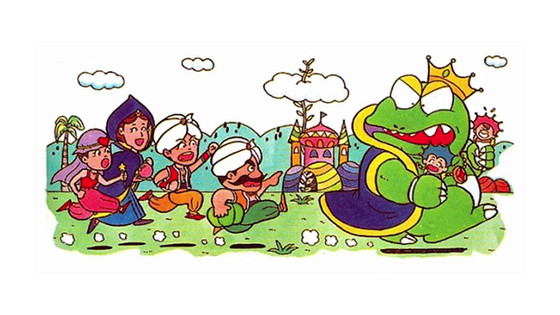
Shy Guy and Mucho appear as Zako enemies. You can't step on an enemy to defeat it like Super Mario Bros., but you can pull out the grass growing on the ground and hit it, or you can ride on it and lift it up and throw it.
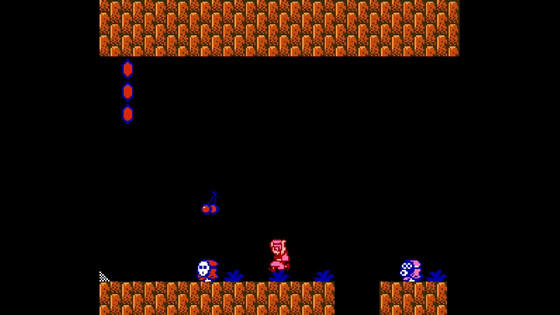
The individuality of each of the four characters is different, and the feeling of playing differs greatly depending on the character you select, such as being able to float in the air and pulling out enemies and grass quickly.
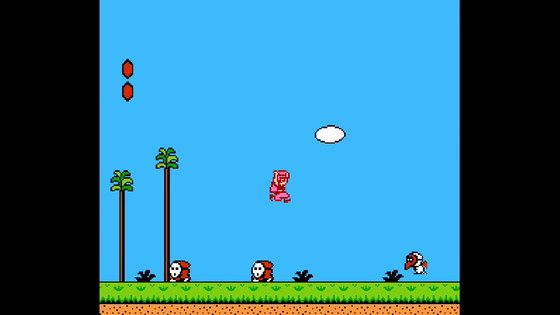
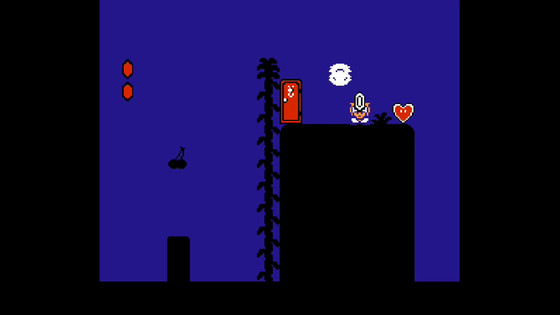
Therefore, it was decided to replace the character of this dream factory Doki Doki Panic with Mario, Luigi, etc. and sell it as the second work of the Super Mario series.

The story of 'Doki Doki Panic' was developed with the original world view called 'Muukai', but the story was changed drastically when it was incorporated into the Super Mario series. The content was 'The adventure begins from the door leading to the dreamland that Mario, Luigi, Princess Peach, and Toad saw, and the monster Mamu is defeated according to the voice called in the dream.'
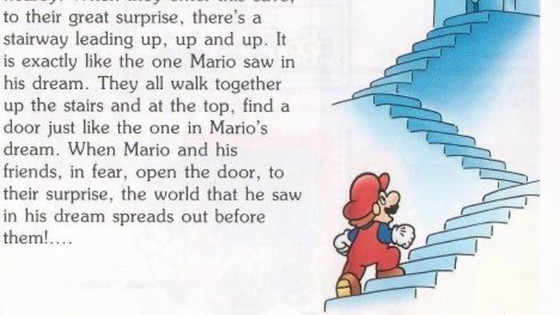
The image of the game has also been replaced by Mario and others.
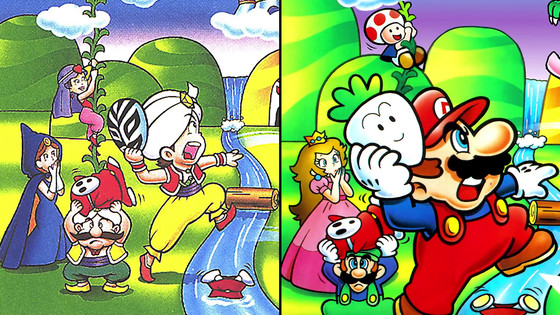
The title looks like this.
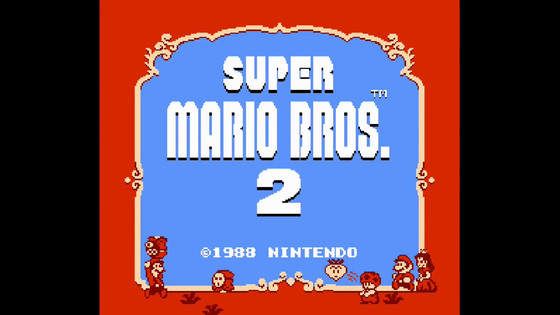
The in-game graphics have also been modified to Mario, and some items have been changed to shells and mushrooms that are familiar to the Super Mario series.

Some enemy characters will be reimported into the Super Mario series. Now popular characters Shy Guy and Catherine are originally characters of Doki Doki Panic. The Bomb Soldier, who appeared as an important item in the live-action movie '
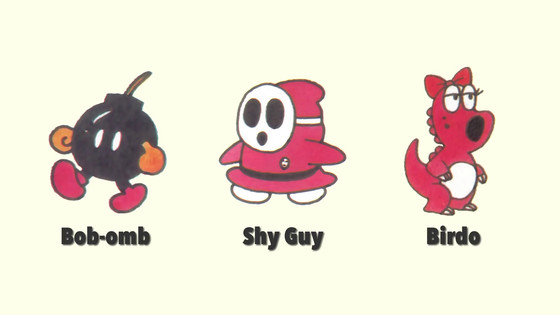
The mini-corner of the slot where you can challenge with the coins collected during the stage is quite gorgeous from the simple appearance.

In the magazine 'Nintendo Power' published by NoA ...
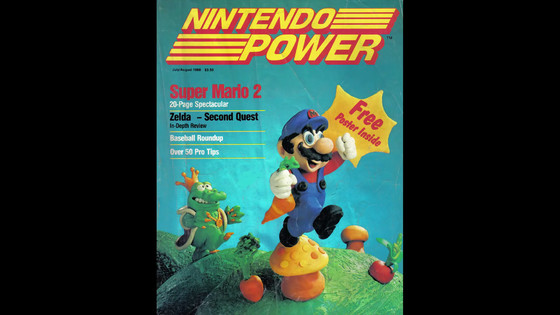
A page explaining operations that are completely different from Super Mario Bros. ...
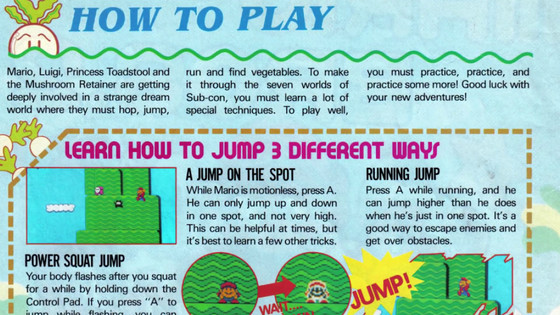
A page introducing various items was also posted.
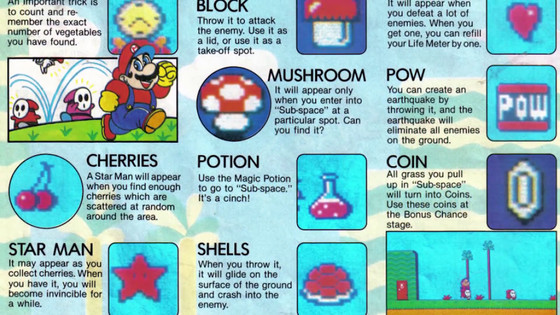
That's why Doki Doki Panic was released in October 1988 as 'Super Mario Bros. 2' for
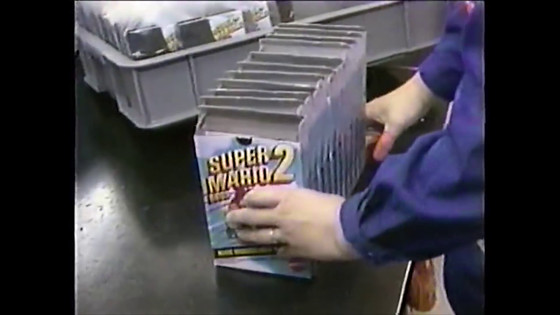
Released for Super Nintendo in 1993, the '

Among them, Super Mario USA is recorded as 'Super Mario Bros. 2'.
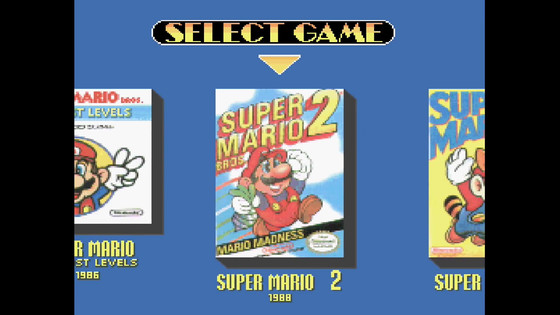
On the other hand, Super Mario Bros. 2 in Japan is recorded as 'Super Mario Bros. The Lost Levels' and an extended version of Super Mario Bros.
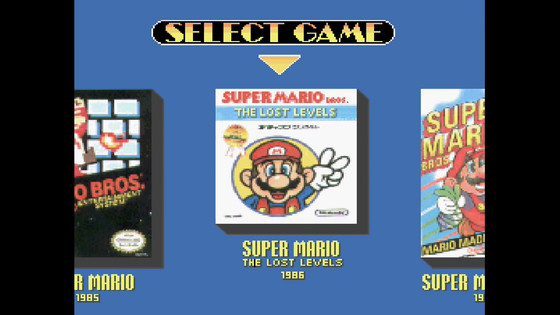
Related Posts:







